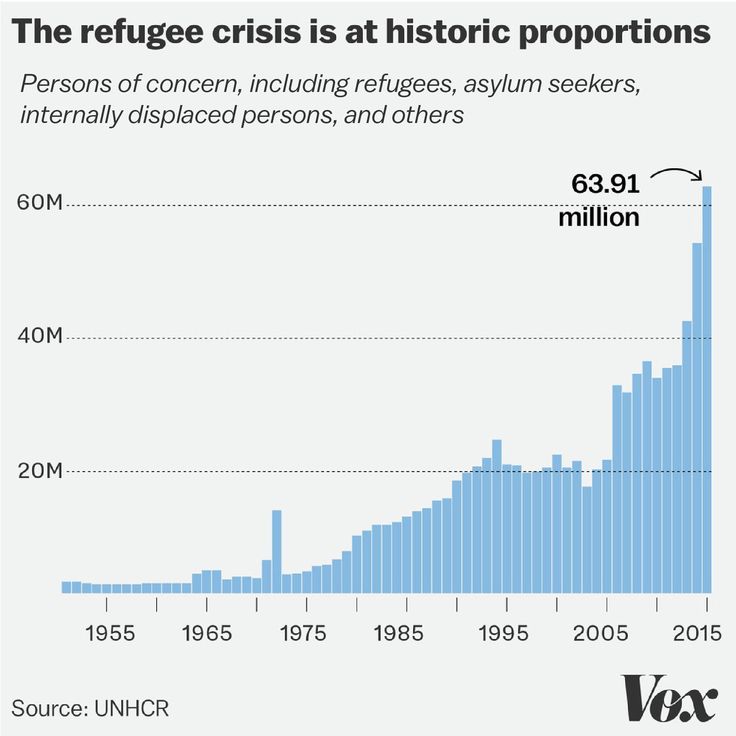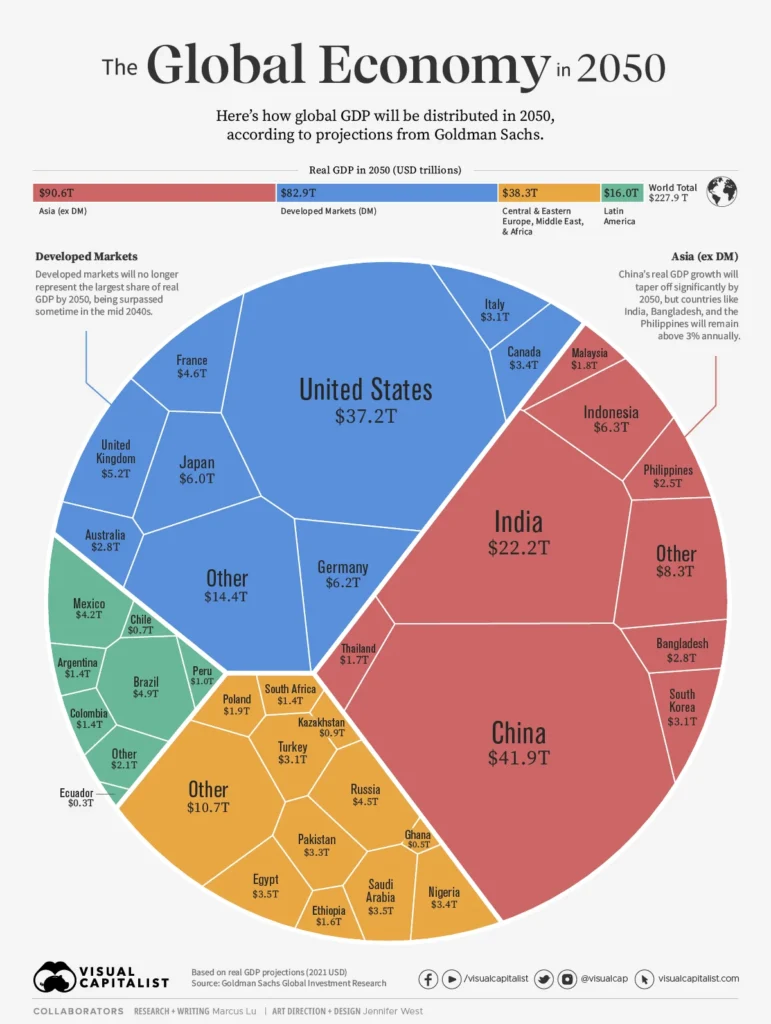The refugee crisis in 2024 presents one of the most pressing humanitarian challenges of our time, as millions of individuals are forced to flee their homes due to conflict, persecution, and environmental disasters. This article delves into the multifaceted nature of the crisis, exploring the policies and solutions being implemented across the globe. By understanding the complexities of the refugee situation, we can better appreciate the urgent need for effective strategies that prioritize human rights and dignity.
In the following sections, we will examine the various policies adopted by different countries in response to the influx of refugees. From resettlement programs to border control measures, each approach reflects the unique political, social, and economic contexts of the nations involved. Additionally, we will highlight innovative solutions that have emerged from grassroots organizations and international collaborations, showcasing how communities are coming together to support displaced individuals.
As we navigate through the intricacies of the refugee crisis, we invite you to consider the broader implications of these policies and solutions. What role can individuals play in advocating for change? How can we foster a more inclusive society that embraces diversity? Join us on this journey to uncover the realities of the refugee crisis in 2024 and discover how collective action can lead to meaningful progress. Your engagement is crucial in shaping a future where every refugee is treated with compassion and respect.
| Region | Current Situation | Policies Implemented | Proposed Solutions |
|---|---|---|---|
| Europe | Increased influx of refugees from conflict zones, particularly Ukraine and the Middle East. | Open border policies in some countries, temporary protection status for refugees. | Strengthening EU-wide asylum processes, enhancing integration programs. |
| North America | Rising numbers of asylum seekers from Central America and other regions. | Revised asylum policies, focus on family reunification. | Comprehensive immigration reform, increased support for local communities. |
| Middle East | Continued displacement due to ongoing conflicts in Syria and Yemen. | Regional cooperation agreements, humanitarian aid from international organizations. | Long-term resettlement plans, investment in local infrastructure. |
| Africa | High numbers of refugees due to conflicts and climate change impacts. | Regional refugee frameworks, partnerships with NGOs. | Focus on climate resilience, economic opportunities for refugees. |
| Asia | Significant refugee populations from Myanmar and Afghanistan. | Temporary protection measures, community-based support initiatives. | International diplomatic efforts for conflict resolution, enhanced legal protections. |
Conclusion
The refugee crisis in 2024 presents complex challenges that require coordinated global responses. While various regions have implemented policies to address the influx of refugees, there is a pressing need for innovative solutions that prioritize human rights, integration, and long-term stability.




